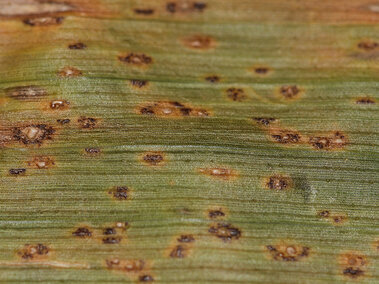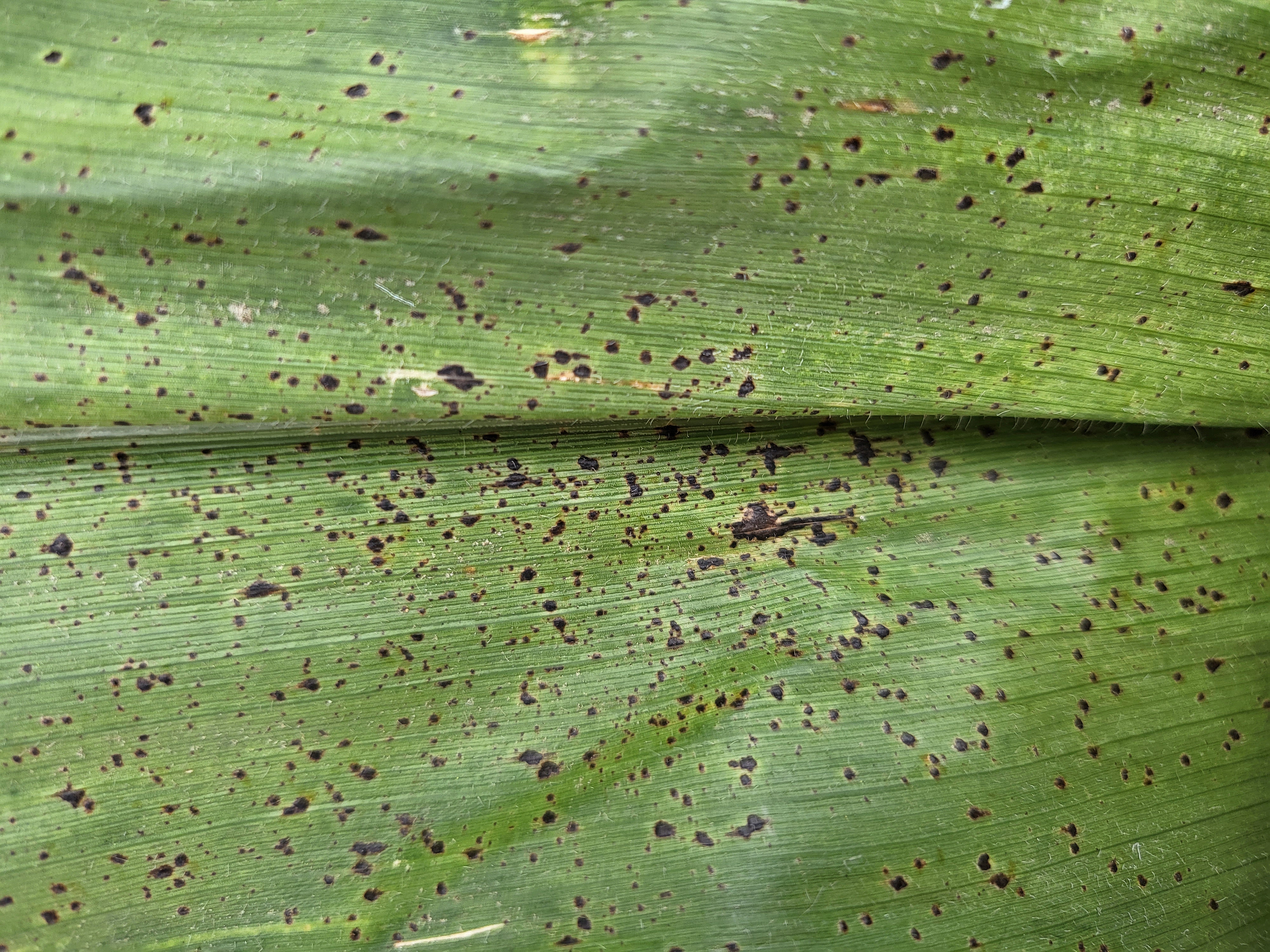It should come as no surprise that the Cornhusker state's most economically important crop is corn. The USDA National Agricultural Statistics Service reported that 9.1 million acres of corn were planted in Nebraska in 2007 maintaining the state's rank as the 3rd leading corn producer in the nation. Nebraska leads the country in the availability of irrigated corn acreage which, among other advantages, provides Nebraska producers the ability to consistently produce large volumes of high quality corn grain used for livestock feed, food, ethanol, and export. Nebraska is among the nation's leaders for both cattle and ethanol production – both of which are major consumers of the state's corn crop. 92.9 million acres in the U.S., which was a 14% increase over 2006.
Predecessors of today's modern corn plant were first cultivated in Central America and later transported by European explores in the 16th century. Since then, corn has developed into the world's largest crop produced by volume and is produced in many countries as a food and feed source.
Recent increases in the value of the corn crop driven primarily by the increased demands from the rapidly growing fuel ethanol industry are the primary reasons for the corresponding increase in planted acreage nationwide, as well as in Nebraska. In 2007, approximately 38% of the state's corn grain was utilized by ethanol plants. The increase in acreage, especially the production of continuous corn in lieu of crop rotation, as well as changes in some other cropping practices are at least partially to blame for the increased incidence and severity of some important diseases of the crop.
Contact:
Tamra Jackson-Ziems
Extension Plant Pathologist
Focus: Corn, Sorghum and Soybean
(402) 472-2559
tjackson3@unl.edu
Faculty Bio

Nebraska Extension Corn Disease Publications
- Gray Leaf Spot of Corn, G1902
- Rust Diseases of Corn in Nebraska, G1680
- Goss's Bacterial Wilt and Leaf Blight of Corn, G1675
- Common Stalk Rot Diseases of Corn, EC1898
- Smut Diseases of Corn, G2223
- Major Fusarium Diseases on Corn, Wheat, and Soybeans in Nebraska, G2181
- Corn Disease Profiles I, EC1867, foliar corn diseases
- Corn Disease Profiles II, EC1868, stalk rot diseases
- Corn Disease Profiles III: Ear Rot Diseases and Grain Molds, EC1901
Documents are in PDF format, which requires Adobe Acrobat Reader. Download free
Resources


